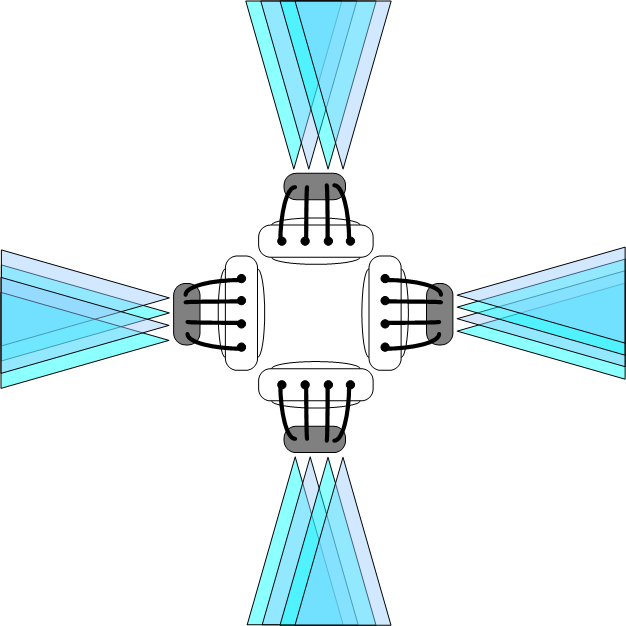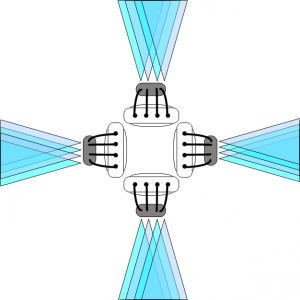The number one concern I have heard thus far before we transition a select group of WISPs (Wireless Internet Service Providers) from WiFI or TDMA to LTE is “How can I afford LTE?” and the question is valid. The costs are high, very high, astronomically high in fact when compared to the “disruptively priced” gear from others we have enjoyed and loved in the past. My response to the question “How can I afford Telrad Networks LTE?” is really another question and that is “How can I NOT afford Telrad LTE?”
Think about it this way. When I was a full time WISP operator, we kept careful stats on the number of calls for service versus the number of installs. I am not talking about tire kicker calls, I mean people that called, credit card in hand wanting to buy what we were selling. We found that we were only serving 20% of those qualified customers and losing 80%. Seriously, qualified customers, ready to read you their credit card number and close the deal today and agree to pay you every month, same day, same amount, and we had to tell them no 80% of the time? Why?
Well, I can tell you it was not because we had a line of sight problem, it was because our WiFI and TDMA unlicensed equipment had a line of sight problem. You see, what had happened is we accepted the shortcomings of the technology and began to believe LOS (line of sight) was the ONLY way.
Fortunately all that has changed and Telrad is leading the charge. All that remains is a path to take the same gear our competitors, the big cell carriers have relied upon to take our customers, equipment that doesn’t have a LOS problem, and “WISPatize” it. That is exactly what Telrad is doing.
We are WISPs and we know how to do what others won’t, or can’t or don’t understand and that is serve the unserved and underserved with the most cost effective, creative method we can.
So, as we evolve into the WISPatized LTE model, here’s another way to start small and transition into something huge. Think about it like this, when you make the switch to LTE, even starting small and begin to crush your competitor’s LOS solution, you will take his customers and the revenue increase will fund the transition of the remainder of your LOS network to NLOS.
In that vein, here’s a solution to get you started small at first and the best part is it doesn’t involve an omini! It allows nearly 360 degree coverage day one with only one base station radio and two sectors. Understand it has some shortcomings:
- It is not 100% true 360 degree coverage, after all we are using two 65 degree sectors that provide up to 120 degrees of coverage, not 180 degrees. There will be two pie shaped gaps, but those will get filled soon enough. Be smart, position those gaps facing an uninhabited prairie or forest.
- This solution is not without signal loss. Splitting the 4×4 MIMO into two 2×2 MIMO sectors will cost you 3 dB of signal. That’s a lot, I get that. Remember the rule of 3’s in RF theory? Every 3 dB doubles your power, remove 3dB and halve your power.
The advantage here is that day one, one base station, two antennas and you have great close-in coverage with antennas you will reuse for Phase II.
One base station, two sectors, 2×2 MIMO
Phase II is to add a second BST and increase your range incrementally and fill the entire 360 degree area with no more gaps.
Two base stations, four sectors, 2×2 MIMO
Phase III is to add one or two more BST’s. With 3 BST’s you are now full 4x MIMO, get back your lost 3 dB, increase your range and increase your density.
Four base stations, four sectors, 4×4 MIMO
With 4 BST’s you will be able to increase your number of subs on this single tower to something approaching 400 depending on your bandwidth packages.
It’s not a perfect plan but it will work and that’s what WISPs do, make it work. I hope this helps increase your knowledge and gets the creative juices flowing to transform your WISP into the next generation.




Very interesting–and makes more concrete an approach I had been struggling to formulate…thanks!